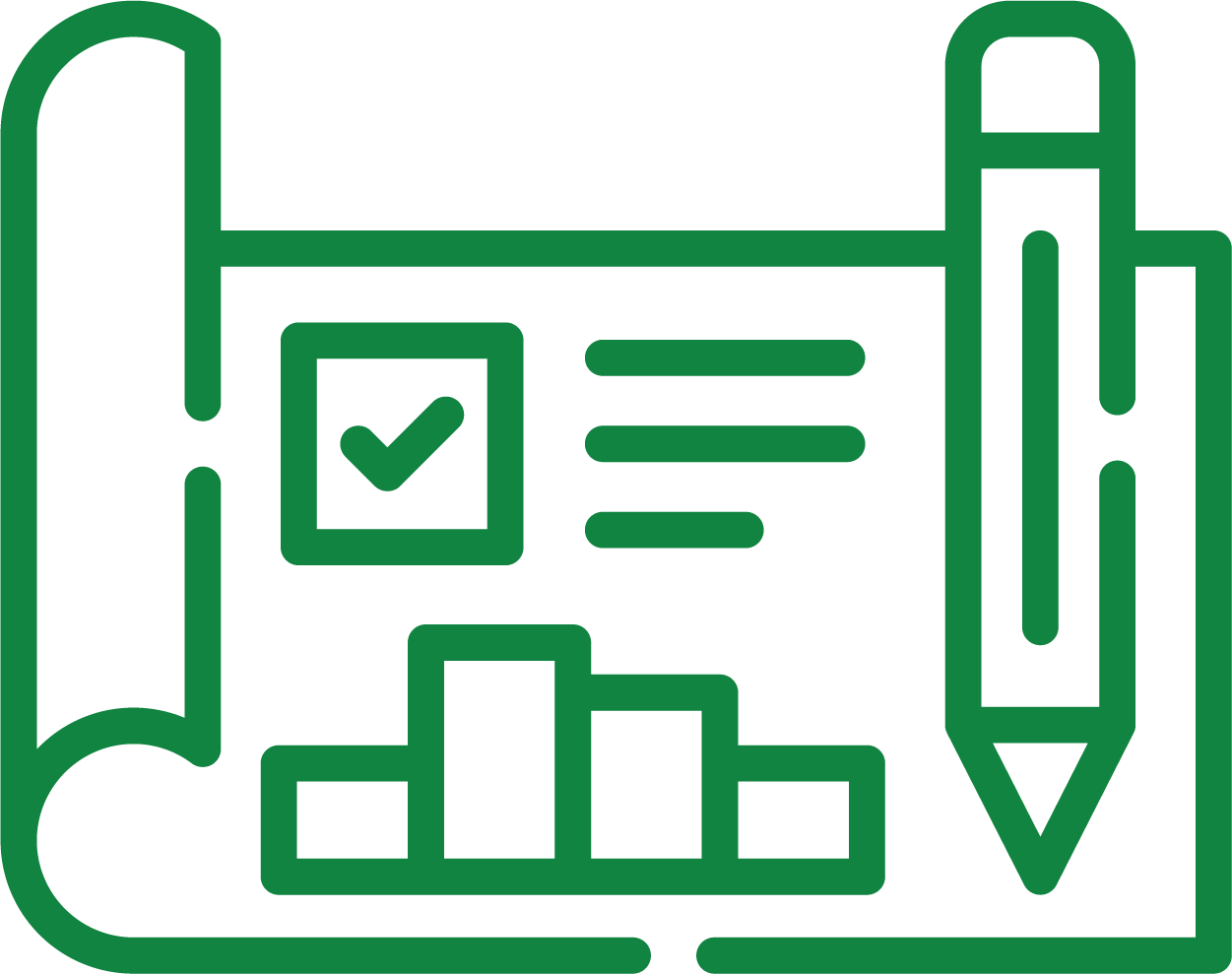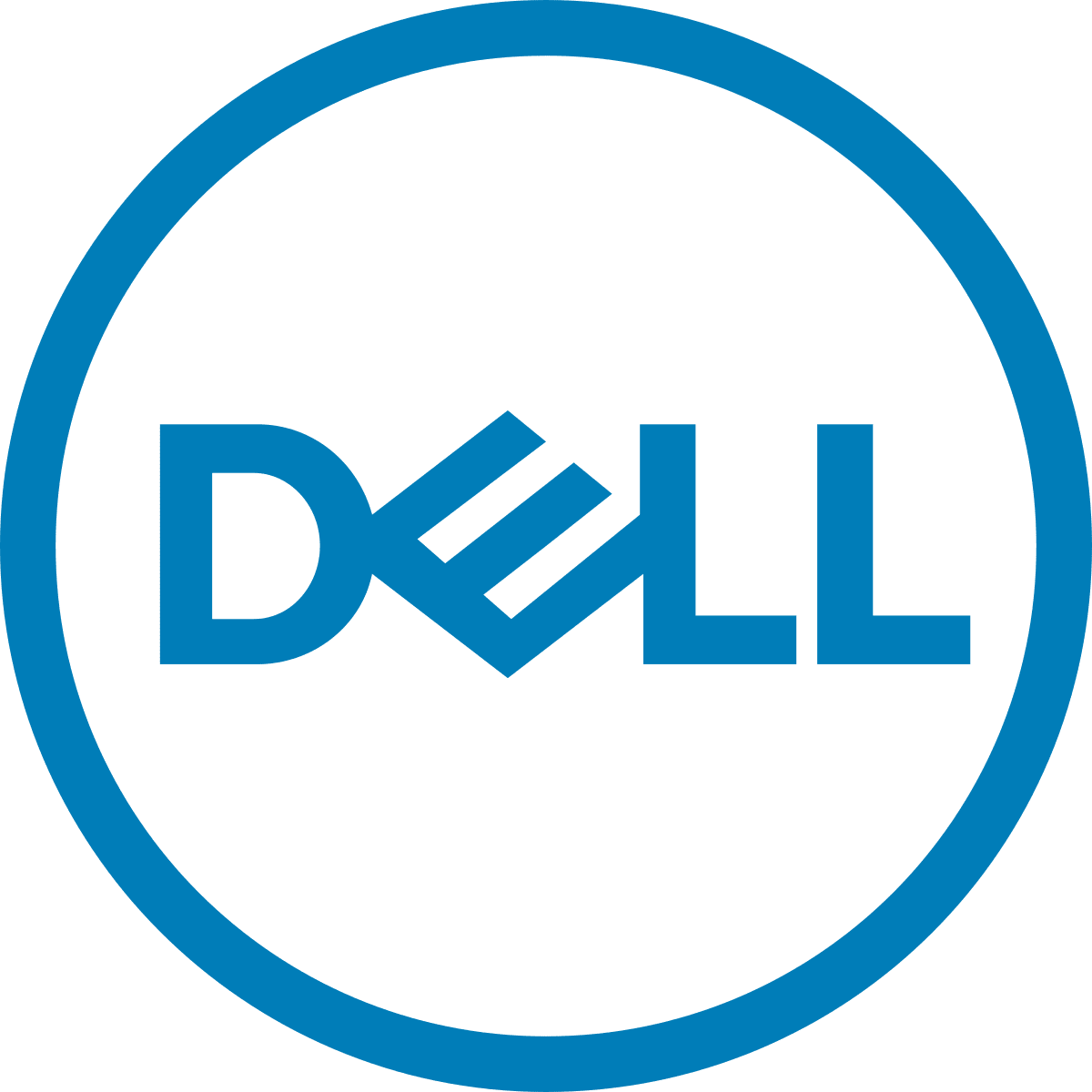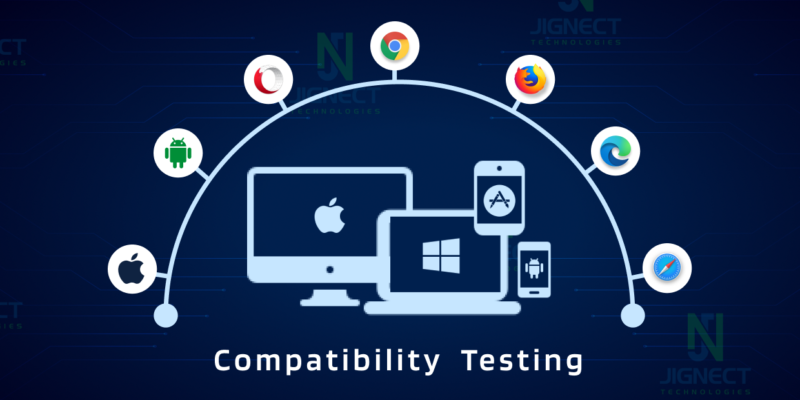Identify Compatibility Criteria
Determine the specific platforms, browsers, devices, and operating systems that your application needs to be compatible with. This could include desktop browsers (Chrome, Firefox, Safari, Edge), mobile browsers (Chrome Mobile, Safari Mobile), operating systems (Windows, macOS, Linux, iOS, Android), and device types (desktop, laptop, tablet, smartphone). Mobile app compatibility testing plays a crucial role in this process by ensuring that your application functions seamlessly across all targeted mobile environments and devices.
































